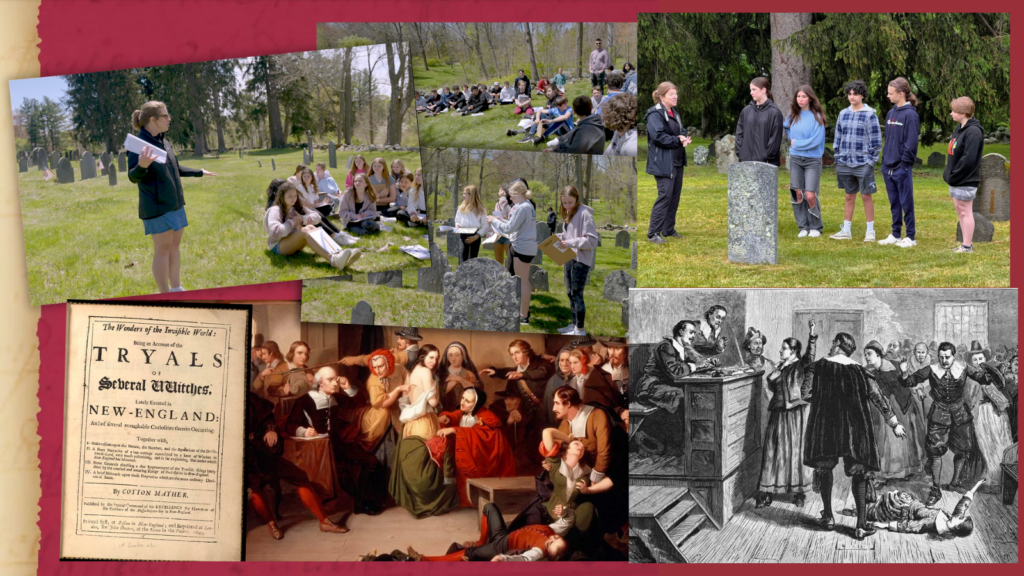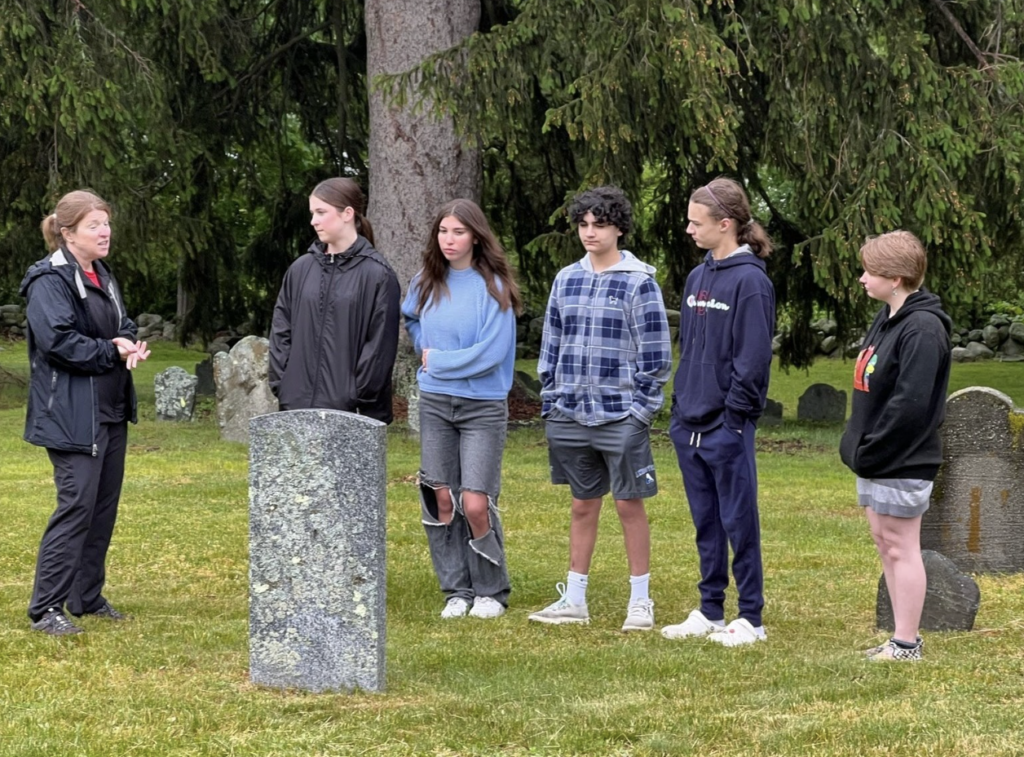
More than 300 years after the conclusion of the Salem witch trials, a class of middle-school students has helped exonerate the sole remaining woman legally classified as a witch. Originally expected to be a simple class project, the path to clearing Elizabeth Johnson Jr.’s name took three years and the help of a Massachusetts state senator, Diana DiZoglio (D). Filmmakers Annika Hylmö and Dawn Green tell this story in their upcoming documentary, The Last Witch.
The documentary follows the students’ path to exonerating Elizabeth Johnson Jr., one of more than 200 people accused of witchcraft during the Salem witch trials. She was tried and found guilty in 1693 after confessing that another woman had persuaded her to become a witch. Historical records suggest that Johnson was targeted partially due to experiencing mental disability, and her vulnerability was compounded by her status as an unwed and childless woman.
Unwed women were viewed with suspicion at the time of the trials, and many individuals convicted were later exonerated by their own descendants. With no descendants to clear her name, Johnson’s wrongful conviction remained in place—making her the last remaining witch in Salem history—until Carrie LaPierre’s class came to her aid.
With the guidance of LaPierre and DiZoglio, the students first worked to draft a bill exonerating Johnson. However, it stalled in the state’s Joint Committee on the Judiciary. The students pivoted to a letter-writing campaign. After a few years of lobbying and petitioning, they were eventually able to add legislation exonerating Johnson as part of an amendment to a state budget, which passed.
Director Annika Hylmö told Ms., “It struck us that this bill, which should have been fairly easy to sign off on, wasn’t. Just to clear a woman’s name.”
Students learned to formulate arguments in defense of someone who had been treated unjustly, and through the success of their campaigning, learned their voices matter.
“Before [the students] worked on this project,” Hylmö said, “they never thought they had any voice in government at all. There was a real shift in mindset that occurred—to ‘no these people are working for me, the citizen, and they have to listen to what I have to say.’”

Righting the historical wrongs of the Salem witch trials is important because—as Sylvia Federici wrote in her book, Caliban and the Witch—they functioned as a way to police women’s behavior throughout the transition from feudalism to capitalism. During this time, resources like land became privatized, and people suddenly needed money to support themselves. This was especially difficult for women because the work they typically performed, reproductive labor, is often unpaid and undervalued.
Women were also excluded from paid labor jobs or paid pennies compared to their male coworkers, forcing them into a role of heightened economic dependence on men. This new lack of independence was exacerbated by the targeting of midwives during the trials—the church deemed contraceptives, abortion and other reproductive care ‘witchcraft.’
The witch trials worked to enforce new social roles which cemented these changes; they painted women as unruly, evil and dangerous, instilling widespread fear and quelling any desires to revolt. Any woman who did not conform to the new expectation of submissiveness and focus on so-called wifely duties—such as Johnson, who was unwed—could easily be labeled as anti-religion and deserving of punishments such as hanging, having her tongue cut or being stoned.
Though these trials concluded hundreds of years ago, their effects on women’s place in society have lasted to this day. Work that is traditionally done by women is still undervalued, and the justice system continues to punish women for exercising autonomy over their own bodies. The Last Witch shows how addressing injustices of the past is crucial for a more equitable future. This class project was able to literally change history and arm students with the tools to advocate for equality and inclusion in the present.
“There is a sense of hope and encouragement in this story, and the idea that you have the ability to take action,” Hymlö told Ms.
“In fact, you’ve probably got the responsibility to,” producer Dawn Green added.
“The Last Witch” film is currently in production. For updates on its release date, follow @thelastwitchfilm on Instagram, @thelastwitch22 on X or @thelastwitchfilmdoc on Facebook.
Up next:
U.S. democracy is at a dangerous inflection point—from the demise of abortion rights, to a lack of pay equity and parental leave, to skyrocketing maternal mortality, and attacks on trans health. Left unchecked, these crises will lead to wider gaps in political participation and representation. For 50 years, Ms. has been forging feminist journalism—reporting, rebelling and truth-telling from the front-lines, championing the Equal Rights Amendment, and centering the stories of those most impacted. With all that’s at stake for equality, we are redoubling our commitment for the next 50 years. In turn, we need your help, Support Ms. today with a donation—any amount that is meaningful to you. For as little as $5 each month, you’ll receive the print magazine along with our e-newsletters, action alerts, and invitations to Ms. Studios events and podcasts. We are grateful for your loyalty and ferocity.





